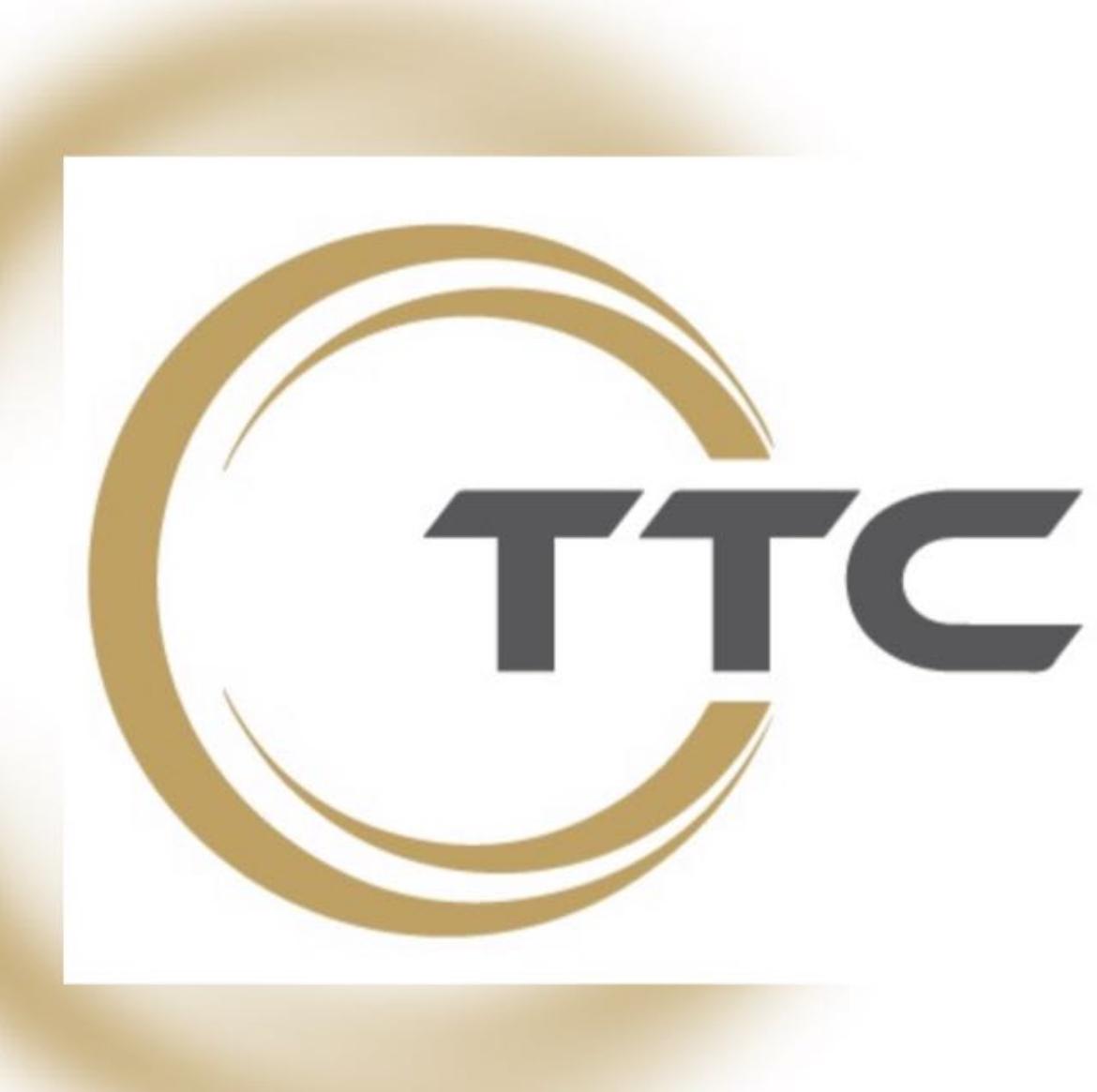All Fisher brand products have one thing in common: differentiating technologies. These technologies are the result of a combination of industry knowledge, research and development, creativity and a 135-year tradition of control valve manufacturing. We know the process industry and we know your people and your facilities. In fact, Emerson invests millions of dollars each year in research and development to solve the critical control valve problems you face. We can guarantee that every Fisher product will be a realistic solution to your problem. We design and manufacture Fisher control valves and instrumentation according to industry guidelines and standards, and we put our products through rigorous testing in our purpose-built R&D and engineering facilities. We don’t leave anything to chance, we take it every step of the way. When you choose Fisher products, you get the reliable operation and outstanding performance you expect.
Valve leakage can lead to product failure, high energy consumption and downtime for maintenance, so valve seat leakage is a very serious problem. Although ANSI/FCI, IEC and MSS standards determine the closing capacity of the valve under the test of the surrounding test environment. But they do not tell you how well the valve will close and how long it will last under actual service conditions. Existing leakage ratings do not provide any guarantee of closing life. After field installation, when the valve is exposed to high temperature or high pressure conditions, a normal valve will not be able to meet the requirements of the leakage rating for a long time.
The boiler feed pump recirculation valve is usually the most severe service regulating valve in a power plant. As water passes through the feed pump, it absorbs heat and exhibits a temperature rise, which can lead to the formation of cavitation. In order to protect the pump, maintaining a minimum flow through the pump during operation will minimize the rise in temperature, which is achieved by installing a feed pump recirculation system. During start-up and shutdown, the “boiler feed pump recirculation valve” acts as a protective pump. The recirculating water enters the degasser (fossil fuel power plants) or the condenser (nuclear power plants). The outlet pressure of the boiler feed pump is typically 10-20% higher than the boiler design pressure. Since most fossil fuel power plants operate at 1,500-3,600 psi, the feedwater pump outlet pressure is 1,750-4,400 psi and the temperature is 350-400°F. Due to valve design limitations, these valves are typically in the open position or closed position. Typically, the system monitors flow and fully opens the boiler feed pump recirculation valve when feedwater flow is 25-35% below minimum. As long as the pump is operating above the recommended minimum, the valve is closed and subject to the maximum pressure of the plant. The hydrostatic head, combined with the operating pressure of the degasser, provides 50-250 psi of back pressure to the valve. A typical valve specified for boiler feedwater recirculation is the ANSI Class V globe valve with a metal-to-metal seat.
